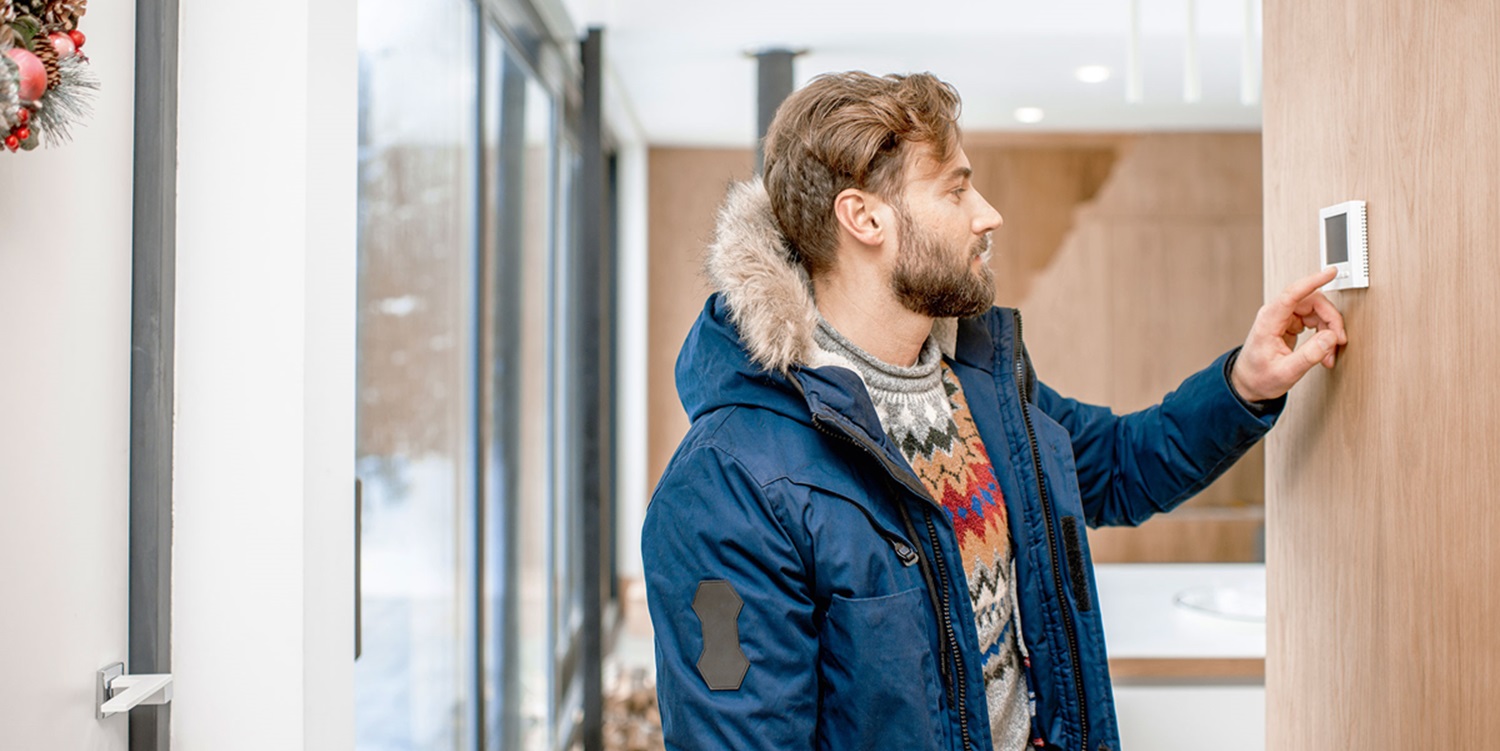
Energy efficiency through retrofitting: Trendsetting building automation
As the European Energy Performance of Buildings Directive (EPBD) mandates rapid modernization of buildings, improving energy efficiency is a major challenge. The implementation of traditional structural improvements poses considerable challenges for property owners. While conventional modernization measures such as insulation or extensive renovations are often time-consuming and cost-intensive, retrofitting with intelligent building automation systems is proving to be an efficient alternative for increasing energy efficiency and meeting legal requirements.
Building Automation: The Key to Energy Efficiency
While insulations and renovations contribute to energy efficiency, the tight deadlines set by the EPBD and the national laws based on it make them impractical. Building automation emerges as the swifter, more practical solution for meeting legal requirements. Retrofitting existing structures with efficient heating control systems and HVAC optimization can dramatically improve energy performance without rendering buildings unusable during implementation.

Wireless Retrofits: Minimal effort, maximum impact
Many buildings lack comprehensive automation or have outdated systems. The ideal solution? Retrofits that minimize installation effort and building disruption. The innovative wireless technology from EnOcean eliminates the need for extensive cabling, allowing for quick and efficient upgrades to building automation systems.
Maintenance-free, wireless solutions: The future of building automation
EnOcean sensors—measuring parameters like temperature, humidity, CO₂, and Volatile Organic Compounds (VOCs) —are self-sufficient, powered by solar cells, and require no maintenance. This wireless, batteryless devices, powered by energy harvesting technology, can be freely installed without wiring or ongoing maintenance. This approach allows for gradual or comprehensive retrofits, seamlessly integrating into larger Building Management Systems (BMS). This flexibility allows even small or partial investments to seamlessly integrate into a comprehensive system.
Intelligent heating control is provided by radio-controlled valve actuators using EnOcean technology that are supplied with energy via temperature differences (the so-called Peltier element) and are only replaced wirelessly at the radiator.
Versatile applications for comprehensive energy efficiency
Buildings feature diverse heating and cooling technologies found in buildings — including radiators, underfloor heating, electric blankets, heating/cooling ceilings, and air conditioning systems — all compatible with EnOcean technology. With a robust radio infrastructure, adding new functionalities is straightforward, ensuring seamless integration into a larger BMS using standard protocols like BACnet-IP and KNX.
Comprehensive ecosystem for seamless integration
The EnOcean Alliance‘s extensive partner ecosystem enables seamless integration with other building automation systems and devices. This increases the flexibility and versatility of the application areas. The use of an open wireless standard, such as the EnOcean protocol, is crucial in buildings for the integration of all components into a uniform building management system.
Flexibility and sustainability
In view of the challenges posed by the rapid modernization of many buildings, improving building automation is proving to be a promising approach. The use of wireless retrofit solutions from EnOcean enables efficient and cost-effective implementation without the need for extensive structural extensions. The fact that EnOcean technology is maintenance-free and can be integrated into a partner ecosystem makes it ideal for meeting legal requirements. It also promotes flexibility and sustainability in building automation.
